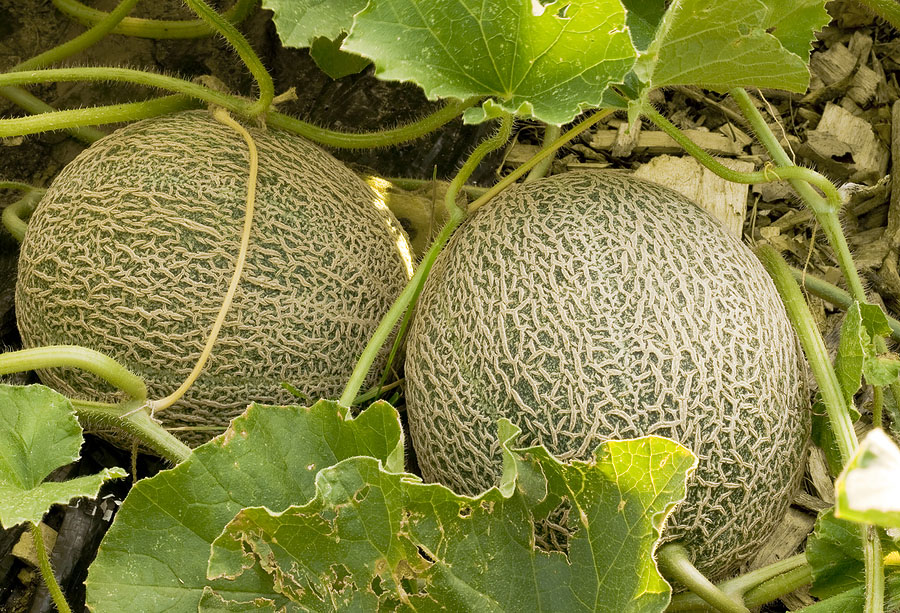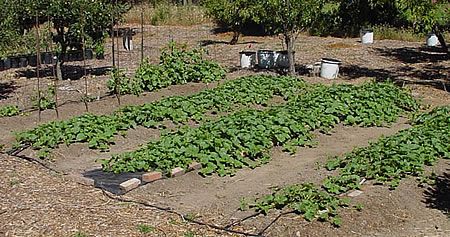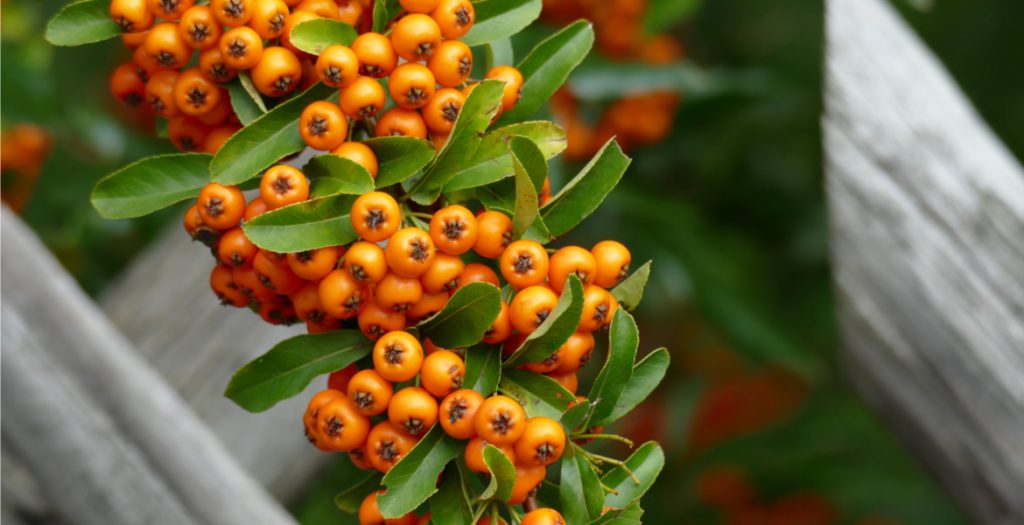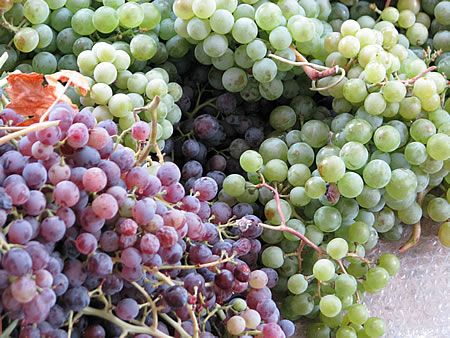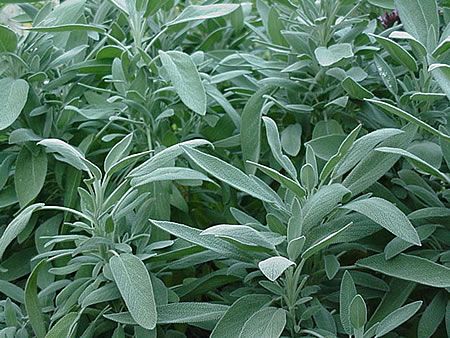I’ll tell you how I grow melons in the garden!
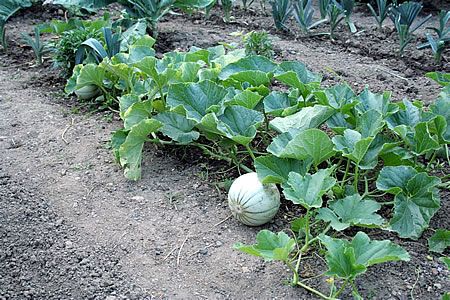
Melon is a climbing plant that loves warmth and areas with long summers. Male and female flowers grow on the same plant, but again, they need bees for pollination to occur.
Melons belong to the same family as cucumbers, pumpkins and squashes. Beyond the purely scientific interest, the practical use of this information is that the pollen from one of these plants can pollinate the flowers of the others. So in order to have melons at the end of summer, rather than a cross between a melon and a cucumber or pumpkin, you should grow them at a great distance from each other. In short, don’t grow melons together with cucumbers, squash and pumpkins.

Melons ripen in late summer or mid-September.
Melons can be grown in the garden or even in large pots (dwarf varieties), as long as the place is exposed to the sun all day.
You can start melons from seeds or ready-made seedlings that you can find in nurseries.
Starting melons from seed
You can find melon seeds at farm supply stores, or local varieties from friends and acquaintances. In theory, you could even save seeds from a melon you bought that you thought was very tasty. But in this case, there is a serious risk that the melon will come from a hybrid and the resulting plant will not be healthy and productive. But you can try!
Although you can start melon seeds in a nursery 2 to 3 weeks before the last cold and transplant the seedlings, the simplest and easiest way is to sow them directly into the soil.
Melons love heat. For the seeds to germinate and grow, the soil should have a temperature of at least between 21 and 27 degrees Celsius. If the weather is warm, nature takes care of that. But if you want to start sowing earlier, then you can spread black ground cover film on the place where you plan to grow melons. The black ground cover film should be spread 4 weeks before the sowing date. The black ground cover film, with the help of the sun’s rays, will warm the soil and at the same time prevent the growth of weeds. Before applying the ground cover film, make sure to prepare the hills (see below). Make sure that the edges of the ground cover film are well secured so that they are not blown away by the wind.
The soil that melons love is slightly acidic. The pH of the soil should be between 6.0 and 6.5.
Melons need a lot of water and lots of nutrients.
Notice the crests and the soil cover film in the photo.
Prepare the spot where you are going to plant a melon plant as follows:
- The spot should be exposed to the sun and not caught by winds
- Make a slightly elongated plume of soil and compost.
- In each plume, and when the temperature is between 21 and 27 degrees Celsius, sow 3 to 5 seeds 5 cm apart. The sowing depth is about 2 to 2.5 cm. Each pod should be 1.5 to 2 meters apart. The melon plant is a climbing plant and needs space to grow.
- When the seeds germinate and the seedlings have 2 leaves, keep only the two healthiest ones and pull out the rest.
- Irrigate regularly (melons need water) and watch them grow
If you have used ground cover film, follow the procedure below:
- Assume you had the hills made before you laid down the ground cover film
- When the soil temperature reaches 21 to 27 degrees Celsius, you can start sowing
- Make 3 or 5 holes in the film (in the area above the plume), depending on how many seeds you are going to plant
- In each hole, plant a melon seed to a depth of 2 to 2.5 cm
- When the seeds have germinated and the plants have 2 leaves, keep only the two healthiest ones and remove the rest
- Water regularly (melons need water) and watch them grow
Starting melon trees from seedlings
You can get ready-made melon seedlings from your local nurseries. Applies what we have written above regarding how and at what distances to sow.
When to plant melons
Plant melons when the weather is warm and the soil temperature is between 21 and 27 degrees Celsius. In Greece, this is usually after mid-March and mid-April.
Suitable conditions for growing melons
Soil: Melon trees need nutrient-rich soil. The ideal pH is between 6.0 and 6.5. DO NOT plant melons near cucumbers, squash and pumpkins.
Sun: The plant should be in a place where the sun can see it all day if possible.
Irrigation – Watering: Melon trees need a lot of water. You should water them regularly
Temperature: Melon trees need warmth to grow.
Important information about melon plants
The first flowers that the plant will produce will fall off. Do not worry. They are the males. The melons, will be produced from the second flowers which are the females.
To get tasty melons, 3 weeks before harvest you should significantly reduce or even stop watering.
Protect the melon by putting a wide stick underneath so that it does not come into contact with the ground. If you have used ground cover film, it will sit on top of the film and you don’t need to do anything extra.
Melons are ready to harvest when their skins are melon-scented.
Melons do not ripen after they are cut from the plant.
Greek melon varieties
The most well-known varieties of Greek melons are:
Mpananes. Bananas are an early variety with yellowish fruits, usually spherical and small in size. Quite aromatic and of good quality.
Argitices. They produce the well-known Argitika melons of excellent quality. The flesh is white-green or yellow-green, sweet and relatively hard.
Winter pendulous. Late variety , with a spherical or oval fruit and greenish flesh. Grown in areas of the Peloponnese.
Kounelia. Its fruits are aromatic, medium to large in size. The skin is yellow or orange and the flesh is yellowish-white.
Thracian. A variety of local origin produced for centuries in the border region of Evros, exclusively ecological, without fertilizers, pesticides, irrigation, etc. The variety “Golden Head” or Thracian melon is unique and is produced with protected seed.
Until the 1970s, the cultivation of this species in Greece was based on a large number of varieties. Among the best known were Argos melons, Muscat melons, cinnamon, topanias, lootifia, pardala, moulkiou, Spanish melons, cantaloupe pressed, mappes, ‘pineapple-type’ melons, Maltese melons, grooved melons, plum, grey, white, white, Spanish, cavaillon, pearl, marzipan, cachamba, panga, hanging, karakacha, sari, chervil, urchin, urchin, kirk-agats, hasan-bey, topatan, etc. In fact, because the varieties were easily crossed with each other, their number was constantly increasing.
Today, unfortunately, due to the predominance of 80% to 90% of hybrids, mainly Galia hybrids, both in greenhouses and outdoors, the majority of the varieties have almost disappeared. In some other smaller areas, the Argos melons, Thracian melons, Muscat melons, lutifera, etc. are still grown.
Dry melons (not often watered) are also extremely tasty, and although smaller in size, they are superior in taste, but are not easily found on the market.
Sources:
https://en.wikipedia.org/wiki/Melon
https://www.flickr.com/photos/32625013@N00/16092920
Tags: CULTIVATE • CULTIVATION • GUIDE • MELON • MELONS

